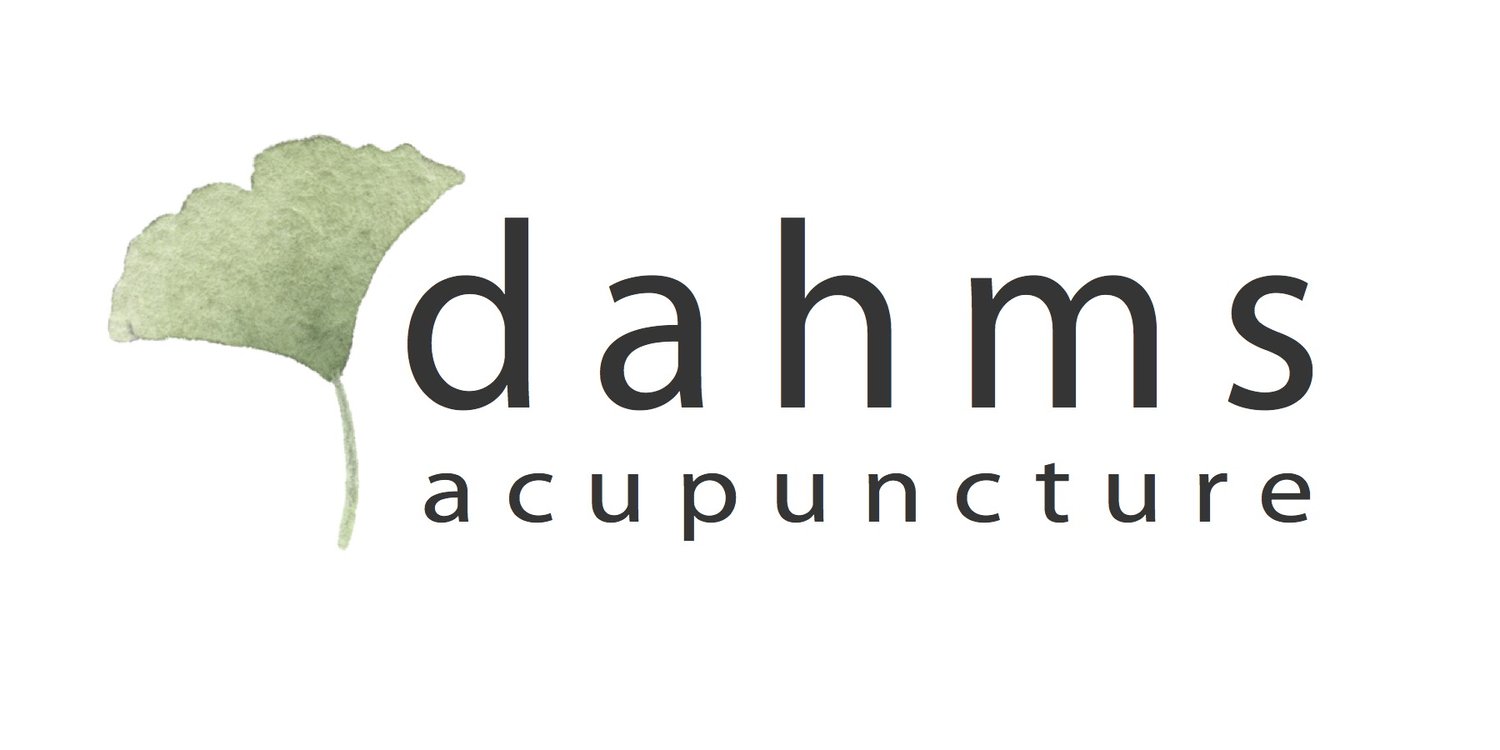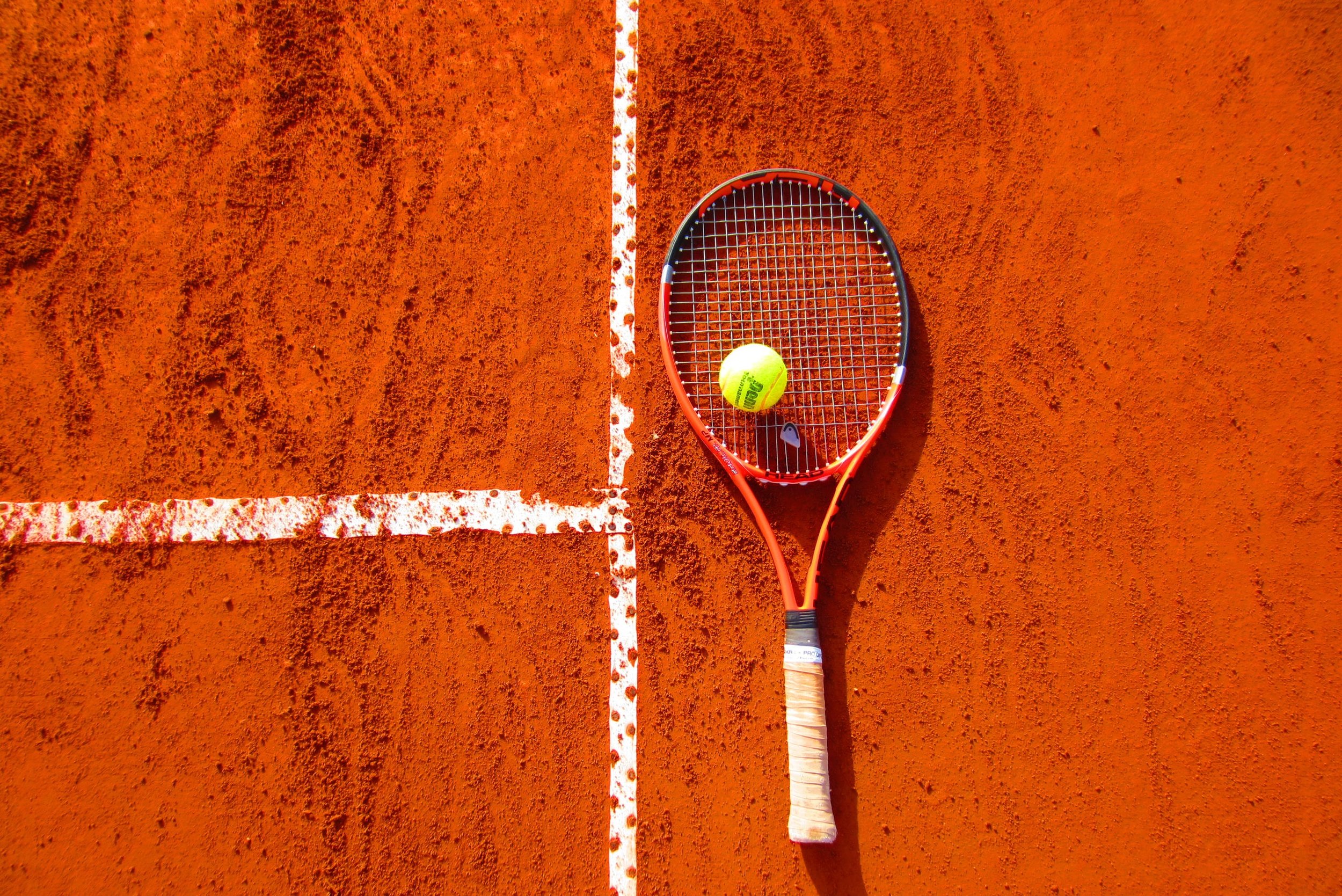Treating Tennis Elbow with Acupuncture
/Tennis elbow, otherwise known as lateral epicondylitis, is a common sports injury I see quite often in my clinic. It is a painful condition that is caused by overuse of the muscles in the forearm, leading to pain and swelling on the outside of the elbow where they attach.
CAUSE
You may be more prone to this injury in particular if you already have shortened wrist flexors and weak extensors. This can occur when you repeatedly grip or flex your forearm, such as in various sports or weightlifting. Studies show that the major muscle involved with the overuse injury is the Extensor Carpi Radialis Brevis (ECRB), which stabilizes the wrist when the elbow is straightened. This muscle becomes weakened which leads to microscopic tears where the tendon attaches to the lateral epicondyle (outside of the elbow).
SYMPTOMS
Symptoms develop gradually with overuse. Many people experience burning pain on the outside of the arm at the elbow and possibly a weakened grip. It is often very painful to the touch.
WHO GETS IT?
Lateral epicondylitis is a common injury for athletes. It is especially seen in racquet sports, but this is not the only arena where this condition is seen. Many people who work in professions that require repetitive use of the forearm muscles, such as plumbers, painters, mechanics, cooks, and carpenters, often experience tennis elbow.
DIAGNOSIS
Orthopedic tests are most often used to diagnosis tennis elbow. You will most likely be asked to straighten out your wrist and fingers against resistance to see if this causes pain. Other methods of diagnosis include x-rays and MRI, but these are often unnecessary unless your doctor wants to rule out other causes of pain.
TREATMENT
Rest is first and foremost. Any inflammation and pain will worsen if you continue the activity that is causing it. It is recommended to rest up to several weeks to allow the tissues to heal.
Acupuncture and moxibustion work remarkably well and quickly with tennis elbow. Clinical studies have shown that acupuncture significantly improves elbow function, and I often have patients return after their first visit reporting that they've been mostly pain free. The pain and inflammation may return after a few days; however, it is greatly reduced, allowing the damaged tissue to heal. Most patients are completely pain free within five treatments. A typical acupuncture treatment involves needles inserted along the forearm, elbow, wrist, and possibly the legs and feet. Points will vary because each treatment is unique. After being left to rest for 20-30 minutes, acupuncture is usually followed by moxibustion over the outside of the elbow (lateral epicondyle). Moxibustion (or moxa) is a type of heat therapy that uses the herb mugwort to warm an area and help relieve pain and inflammation. This is followed by soft tissue release of the forearm muscles. I often include the use of my Warming Herbal Rub, which consists of a proprietary blend of herbs that mimic the acupuncture and moxa treatment. I also recommend using my Warming Herbal Soak at home to decrease your healing time and help you recover more quickly.
Along with acupuncture and moxibustion, physical therapy (or physiotherapy) is a great adjunct therapy for tennis elbow. A physical therapist will most likely prescribe a set of at-home stretches and exercises that can help improve strength, normalize flexibility, and improve coordination. Avoid doing these stretches and exercises if you are having a flare-up of symptoms. A wrist brace or splint is another option if you find it difficult to change or stop the activities that cause the pain.
NSAIDS are often prescribed to reduce inflammation and pain. Cortisone (corticosteroid) injections are also a common form of treatment; however, the pain often returns after the injection wears off and they can actually lead to more inflammation and pain as well as thinning bones over time. An orthopedic surgeon might recommend surgery to treat tennis elbow, but this is an extreme option, in my opinion, and acupuncture should absolutely be tried before considering that route.
PRP Therapy (platelet-rich plasma) is another form of therapy that is being investigated and tested more and more. According to the American Academy of Orthopaedic Surgeons (AAOS), "PRP is a preparation developed from a patient's own blood. It contains a high concentration of proteins called growth factors that are very important in the healing of injuries. Current research on PRP and lateral epicondylitis is very promising. A few treatment centers across the country are incorporating PRP injections into the nonsurgical treatment regimen for lateral epicondylitis. However, this method is still under investigation and more research is necessary to fully prove PRP's effectiveness."
CHRONIC TENNIS ELBOW
Chronic tennis elbow is defined as having NO inflammatory response. There are usually degenerative changes (tendinosis) in the extensor tendon because scar tissue is never allowed to mature due to lack of rest. Continuing to work through the pain causes more scar tissue to lay down without becoming fibrous and mature enough, leaving the tissue weak. If you find that you are not getting results with standard treatments, this might be why.
RELATED INJURIES
Related injuries include tendinitis or tendinopathy of the wrist and/or hand tendons, golfer's elbow (medial epicondylitis), radial nerve entrapment, bursitis, arthritis, bone spurs, and neck pain.











